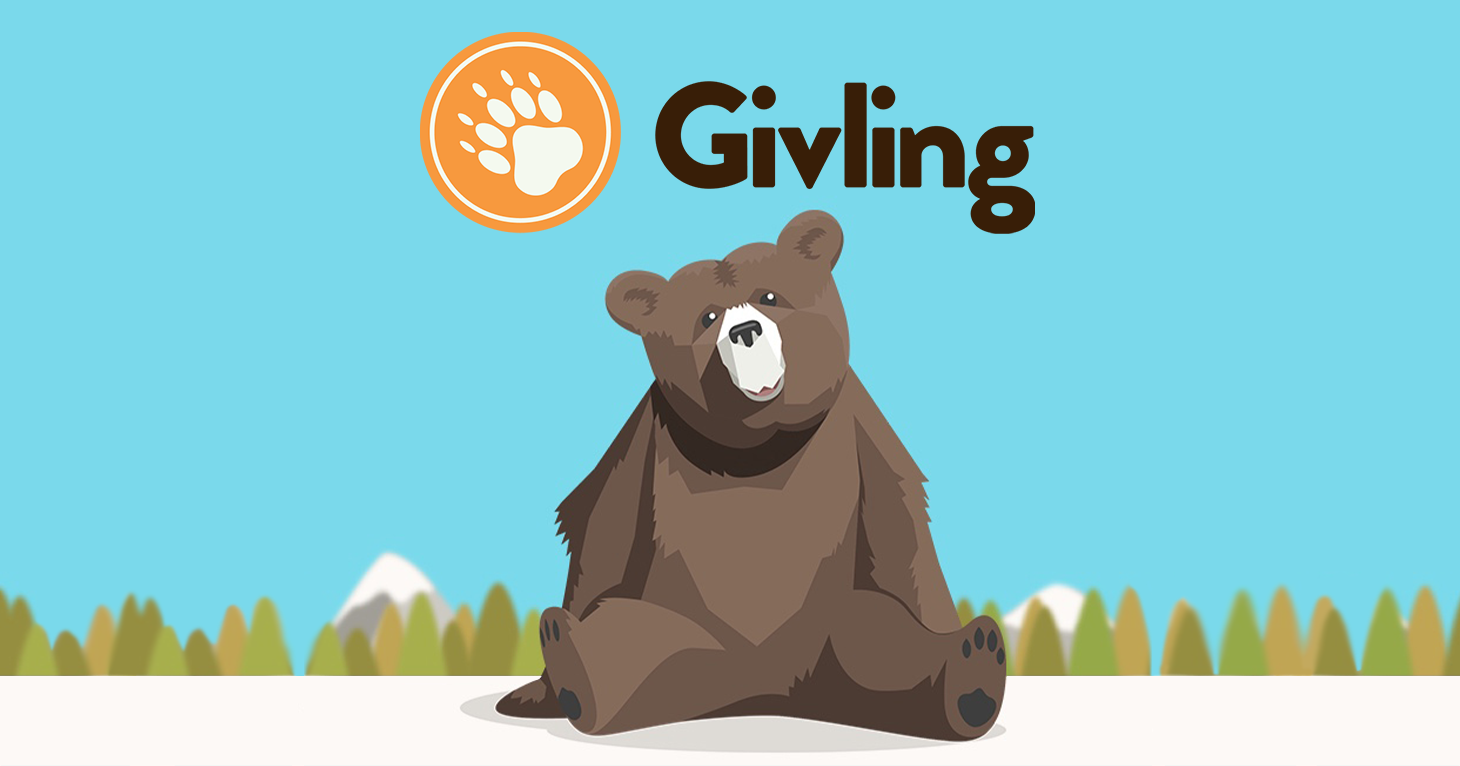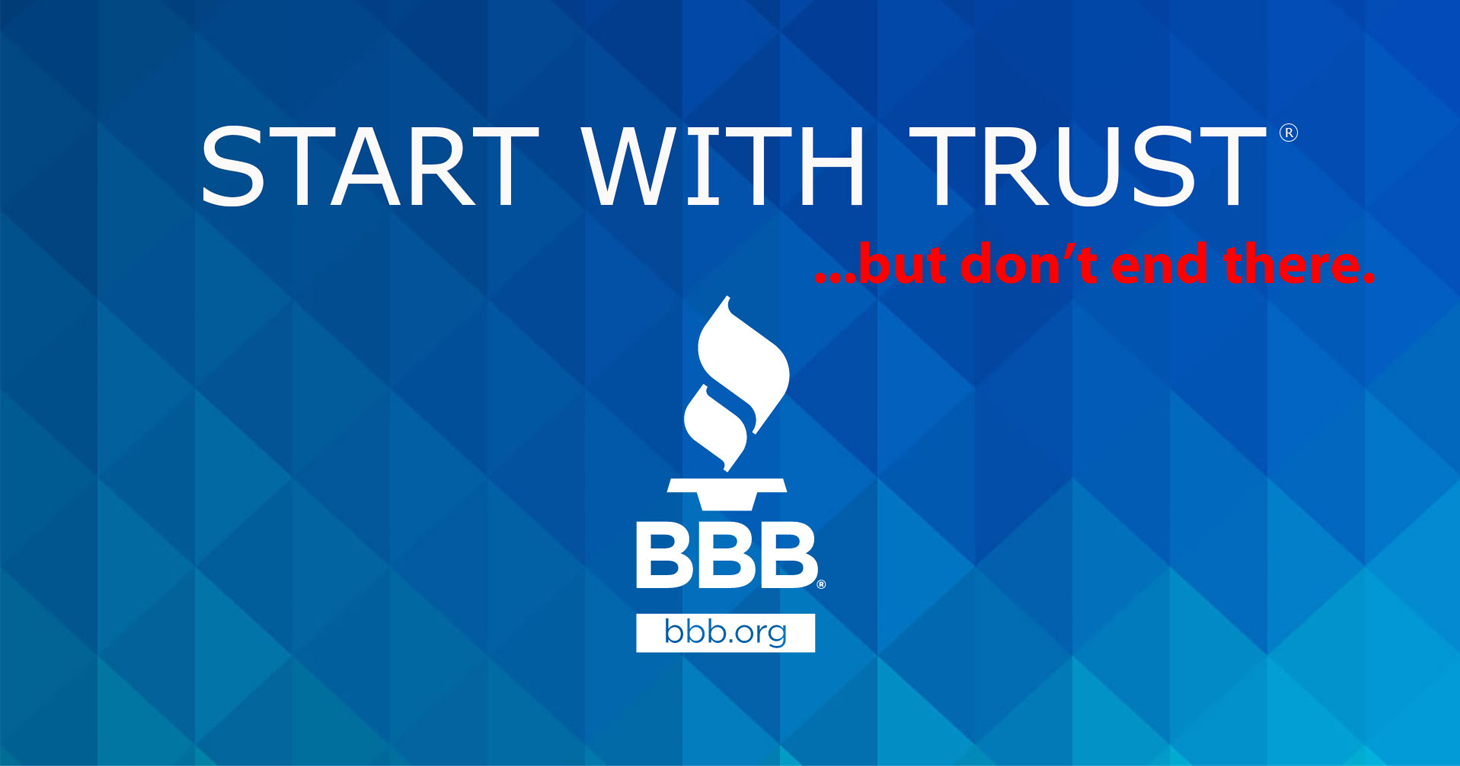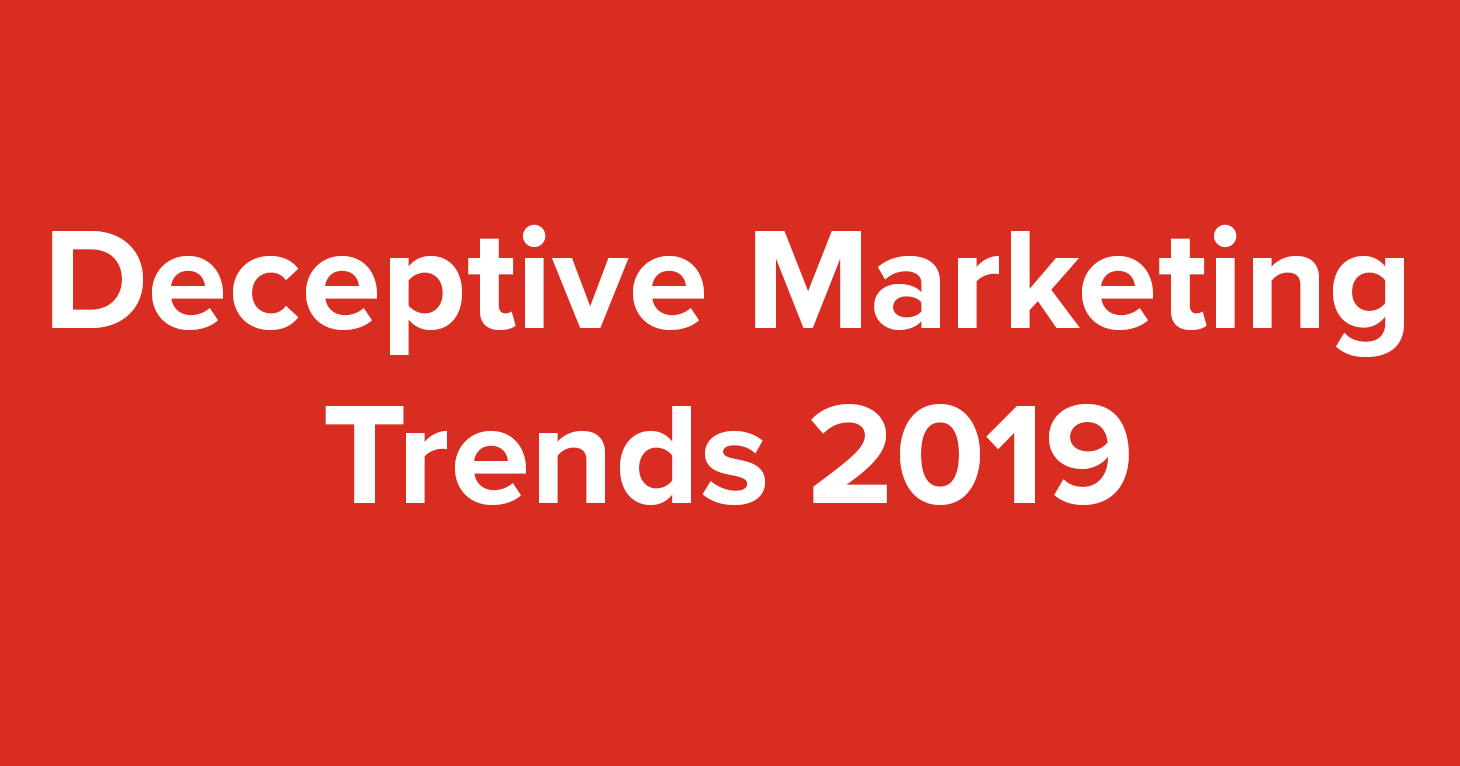
Coronavirus Spawns Class-Action Lawsuits as Consumers Seek Refunds
The pandemic has also triggered lawsuits over privacy issues with some video conferencing apps, and more.
Odds are you being good at trivia is not enough if you want to pay off your student loan debt with this app.
Student loan debt is an issue that weighs heavily on the minds of millions of Americans. According to the Institute for College Access and Success, about two-thirds of graduates left campus in 2017 with student loan debt. The average bill: almost $30,000.
Givling is marketed as a trivia app that uses crowdfunding to pay off people’s student loans. But winning the $50,000 grand prize on the app — which is what many players say they are after — comes down to more than answering a few true-or-false trivia questions correctly.
Here’s what you should know about Givling.
There are three ways to win money on Givling: play trivia, win a random drawing or climb to the top of the queue. Givling offers two free games of trivia or Free Plays a day. Randomly selected teams of three compete to win $15,000, split evenly between the players. Players who complete 10 free trivia games over a 30-day period are entered into a random drawing for either a $500 daily prize or a $10,000 weekly prize. Then there’s the queue, which rewards the player in first position with the largest yet most elusive prize that Givling offers: a $50,000 payout toward one’s student loan or mortgage debt.
The queue is actually two queues, a green queue and an orange queue, which merge to form one massive queue, or “giant scoreboard” as Givling’s founder and CEO Lizbeth Pratt put it to TINA.org. The way it works is a winner is selected from the top of the green queue, then from the top of the orange queue, then from the top of the green queue, and so forth. Players climb the queue by collecting queue points — a lot of queue points. For some perspective, the current leader of the green queue has 658 million queue points and the player currently in the funding position in the less competitive orange queue has 185 million queue points. Pratt said there are roughly 450,000 registered users on Givling, each with a spot in the green queue and the orange queue.
Players can earn queue points by playing trivia; watching ads on the app; referring friends to Givling; signing up for offers from Givling’s paid sponsors (not all of which are upstanding corporate citizens — keep reading); and purchasing Givling merchandise and coins. According to a recent Givling Facebook post, 57 percent of the funds used to pay queue winners comes from “people putting in money,” while 43 percent comes from “ads and sponsor money.” One of these sponsors, SoFi, agreed last October to settle FTC allegations that it misled student loan borrowers on how much they could save by refinancing with the company. Givling takes a 10 percent cut of the total revenue.
Players have expressed confusion over how the queue works and Givling’s response has not always been helpful. Once, when a member of a private Facebook group called Official Givling Gang floated the idea of a “quick, snappy video that explains it,” Givling, the group’s admin, demurred before delegating the task to players. “We just don’t have the bandwidth,” the company wrote. “Maybe a Givling wants to take a shot at it?” At the same time, Givling has advised the nearly 8,000 members of the group to not bring up the queue when recruiting friends to sign up for Givling to avoid “the dreaded ‘it’s a scam’ or ‘it’s too good to be true’ nonsense.” TINA.org asked Pratt about the post (seen below). In a written response, she framed it as “an attempt (and not a very good one) at answering” the question, What’s the best way to explain Givling to someone new? “The trivia and random give-aways are just easier components to explain… and everyone loves trivia and free drawings.” But the more than $4 million Givling says it has paid out is largely the result of the payments it’s made to queue winners, as opposed to the checks it’s signed for trivia and random drawing winners.
 When a player wins the $50,000 payout they are given the opportunity to share their student loan debt story on the Givling Facebook page. Some of the stories are deeply personal. One player said he had mapped out a plan to pay off the $70,000 he owed in student loans in which he was working 70 to 80 hours a week when he was suddenly stricken with a mysterious illness that made the long hours impossible to endure. “The fatigue made it so I couldn’t even work a whole work week … for about 8 months,” he wrote, “which made my depression worse, which made my fatigue worse, and so on.” He expressed gratitude for “this miracle through Givling.” “Please support Givling, trust that they are making decisions to help the most people possible…” he wrote. Another player personally thanked Pratt in her story. At a difficult time in her life, which included the death of a young child, the player wrote, “I read about Lizbeth’s mission and was immediately drawn to how selfless she was — to risk everything she had to help others out of the heavy burden of student loan debt.” Between her and her husband’s student loan debt, the player said the couple owed almost $400,000. She likened winning the $50,000 payout to “an absolute blessing.”
When a player wins the $50,000 payout they are given the opportunity to share their student loan debt story on the Givling Facebook page. Some of the stories are deeply personal. One player said he had mapped out a plan to pay off the $70,000 he owed in student loans in which he was working 70 to 80 hours a week when he was suddenly stricken with a mysterious illness that made the long hours impossible to endure. “The fatigue made it so I couldn’t even work a whole work week … for about 8 months,” he wrote, “which made my depression worse, which made my fatigue worse, and so on.” He expressed gratitude for “this miracle through Givling.” “Please support Givling, trust that they are making decisions to help the most people possible…” he wrote. Another player personally thanked Pratt in her story. At a difficult time in her life, which included the death of a young child, the player wrote, “I read about Lizbeth’s mission and was immediately drawn to how selfless she was — to risk everything she had to help others out of the heavy burden of student loan debt.” Between her and her husband’s student loan debt, the player said the couple owed almost $400,000. She likened winning the $50,000 payout to “an absolute blessing.”
But what these stories rarely, if ever, mention is how much money players had to spend in order to win. Players know about it but it never gets publicized, at least not by Givling.
No one wins the $50,000 without a hefty investment, players say. The quickest way to advance in the queue is to spend money, but even if you consistently spend the maximum $2,500 on coins a week, if the people around you in the queue are matching your every move, not only is it possible that you remain in place, you could actually go down in ranking. If your neighbors in the queue get a better deal on coins — triple the queue points instead of double, for example — and you’ve already maxed out on coin purchases for the week, you’re not going to improve your position unless you take additional steps. This is how a player can purchase coins and still drop four spots in the queue.
Sometimes it’s just dumb luck, like when Givling accidentally awarded 2.5 million queue points instead of 250,000 for a bonus on coin purchases. Givling laughed it off even as it dealt a blow to players who failed to take advantage of the error before it was corrected. But sooner or later, players say, everyone’s progress stalls. While it’s possible to leapfrog tens of thousands of players in your first couple weeks on the app, it’s a long climb to the top — Givling itself likes to say the queue is a marathon, not a sprint — and the closer you get to the top of the queue, the more competitive the game becomes.
TINA.org asked Pratt how much money players have to spend and how long it takes on average to rise to the top of the queue.
“Again, this depends so much on traffic and game play,” Pratt said in a written response to our inquiry, repeating an answer to a question about how often the $50,000 payout is awarded. (As of late June, the rate fluctuated between once a week and once a month, Pratt said at the time, when a total of 50 players had been awarded the big payout. She said no one has ever spent more than $50,000 on the app, though at least one person got close — see CNBC section below.)
Pratt said this about the queue:
The queue has evolved over time to provide a nice balance between those participants that purchase Givling coins, Givling merchandise, and such (what we call the “green queue”) … and those that don’t buy those things (what we call the “orange queue”). We make sure every other gift is selected from the orange queue path.
Pratt added that Givling goes to “great lengths to make sure people can also benefit without having to spend money,” noting the smaller prizes for winning trivia and the daily and weekly random drawings. And she said the weekly spending cap on coin purchases is “one of many measures we have in place for players not to game the system.”
TINA.org reached out to several $50,000 winners for this article. Only one responded. But after emailing a list of questions to this individual — whose winner announcement on the Givling Facebook page was noteworthy in that it was candid about a “crazy and stressful” year spent “in and around the top 10” of the queue — we never heard back. This may have had something to do with a non-disparagement clause in Givling’s terms and conditions, which acts as a legally binding contract between player and company. It states:
Each [player] receiving a funding split, by accepting the funds agrees not to make any statements that disparage [Givling] or its affiliates or their respective employees, officers, directors, products or services…
In other words, say anything bad about Givling or its corporate partners — or anything that Givling might interpret as bad — and Givling may attempt to claw back a portion or all of your winnings for violation of the contract. (While Pratt defended the non-disparagement clause as “standard contract language” and said it’s never been enforced, the mere inclusion of the provision in the terms and conditions may constitute a violation of the Consumer Review Fairness Act, which prohibits non-disparagement or gag clauses in consumer form contracts.)
The contract also states that Givling “may void the Queue Points balance of any dormant account,” which it defines as an account that has been inactive for greater than six months. (Pratt said the company has also never acted on this term but it’s still in the contract.)
Finally, the contract declares, in accordance with the “rules governing sweepstakes, contests, and games with entry fees and/or prizes” in individual states, Givling “DOES NOT” offer games requiring a cash entry fee in eight states: Arkansas, Connecticut, Delaware, Louisiana, Montana, South Carolina, South Dakota and Tennessee. Which means that users accessing Givling from these states can’t purchase coins, putting them at a disadvantage. (Said Pratt: “These states are still trying to figure out gaming legislation and we would rather take a conservative approach here.” Yet TINA.org has found evidence of players and even Givling itself going around the provision.)
At more than 15,000 words, Givling’s terms and conditions is an intimidating read. But anyone thinking about using or getting involved in Givling needs to read this document carefully so they know what they’re getting into.
In March 2018, an agent in the alcohol and gambling enforcement division of the Minnesota Department of Public Safety informed Pratt that Givling “would be considered an illegal lottery under Minnesota State Statute 609.75”. In response, Pratt submitted an eight-step plan to comply with the law. The first item on the list concerned random drawings. “[W]e will remove the random drawing and not conduct any future random drawings,” Pratt said, according to the report. TINA.org asked Pratt about this, seeing as the company is still running random drawings.
“We did remove random drawings as previously configured, but later in the year, after consulting with Minnesota regulators, we were able to reconfigure the random drawing to be in compliance with Minnesota law,” she said.
Scott Wasserman, public information officer for the alcohol and gambling enforcement division, said in an email that Givling was last reviewed and found to be in compliance with Minnesota law in May 2019. He said the department “would conduct a review again pending any changes, complaints, or new information.”
When CNBC published an article about Givling on its website in early May with the headline “This trivia app cancels your debt. One woman just won $50,000,” Givling was ecstatic. Within an hour of the article’s publication online, the company posted a link to the CNBC story on its Facebook page.
“We love it!” Givling commented on its own post.
Then came the follow-up article seven weeks later: “The Givling trivia app claims to help people with student debt. Players say it’s expensive and risky.” This time CNBC took a deep dive. The media outlet interviewed several Givling players, in contrast to the single $50,000 winner it had featured in the first article — a veterinarian from Washington State who did not divulge many details on what it took to rise in the queue, outside of saying it took her four years to make it to the top. Or maybe CNBC didn’t ask her: only the second article notes that she “declined to say how much she spent on the app.”
But for the second article CNBC found other players who were willing to say how much money they had to put in to win the $50,000 payout. Law school student Abra Belke told CNBC she poured $42,000 into Givling over three years, spending money on “items she didn’t want or need to rise in the queue.”
She ordered bottles of wine, even though she doesn’t drink it. She booked hotel rooms around the country, most of which she never checked into. And she used her credit card to buy hundreds of Givling T-shirts and mugs.
“What it took to make it work was devastating,” said Belke, who despite claiming the top prize walked away with only $8,000 (and even less than that if she had to pay taxes). “It takes over your life.”
The follow-up article, written by the same CNBC reporter who wrote the first article, also drew a comparison between how pyramid schemes recruit members and how Givling attracts players and keeps them engaged.
Givling constantly posts about its winners, [pyramid scheme expert Stacie] Bosley said, but it’s not transparent about the scale of losses on the app.
Suffice it to say, the second article was more critical of Givling — and the company responded in kind. While Givling celebrated the first article, calling it “an amazing story” and thanking CNBC for the coverage in the Facebook post that linked to the piece, in response to the second article, the company issued a 15-page rebuttal and the following statement on the private Official Givling Gang Facebook page.
Pratt, who is quoted in the second article as calling the CNBC investigation “laughable,” rejected the idea that Givling has the characteristics of a pyramid scheme in which only a handful of people are successful while the majority of participants lose money.
“In general that same statement can be made for the vast majority of legitimate, upstanding for-profit gaming companies,” Pratt told TINA.org.
But the fact remains that Givling has made a habit out of posting positive news stories — some of which can only be described as puff pieces — that rarely, if ever, give a full picture of what it takes to win the $50,000 payout. One local news segment that Givling shared a link to on its Facebook page ignored the queue entirely, suggesting that the grand prize on Givling had been won solely playing trivia. And when the reporter asked Givling’s chief marketing officer, Seth Beard, if there was “any catch or fine print,” Beard responded, “We understand it does sound too good to be true, but we’re good and we’re true.”
The crowdfunding aspect of Givling is at the center of the company’s Force For Good campaign — “a unique, supportive community that bands together to crowdfund the payoff of student loan and mortgage debt.” When a player misses out on a bonus and “feels like a year’s worth of progress [has been] wasted,” because they dropped more than 150 spots in the queue, they are reminded by other players that, even though they might be struggling, they are helping others.
But as Pratt noted several times in her written responses to our inquiry, Givling is a for-profit company pitching a for-profit game. Which means that some people are going to be left behind.
“Changing people’s life is great but my family’s life needs changed too,” wrote one Givling player on Facebook. “I can’t buy enough coins to move my queue position very far. I can’t buy coins every day like some folks seem to be able to. … At the rate the queue is moving for me I’ll be dead before it’s my turn.”
For information on programs through which you can have your federal student loans forgiven, canceled or discharged, click here.
The pandemic has also triggered lawsuits over privacy issues with some video conferencing apps, and more.
Researching a company shouldn’t be one-stop shopping.
From crypto to CBD, consumers need to tread carefully when it comes to these trends.


